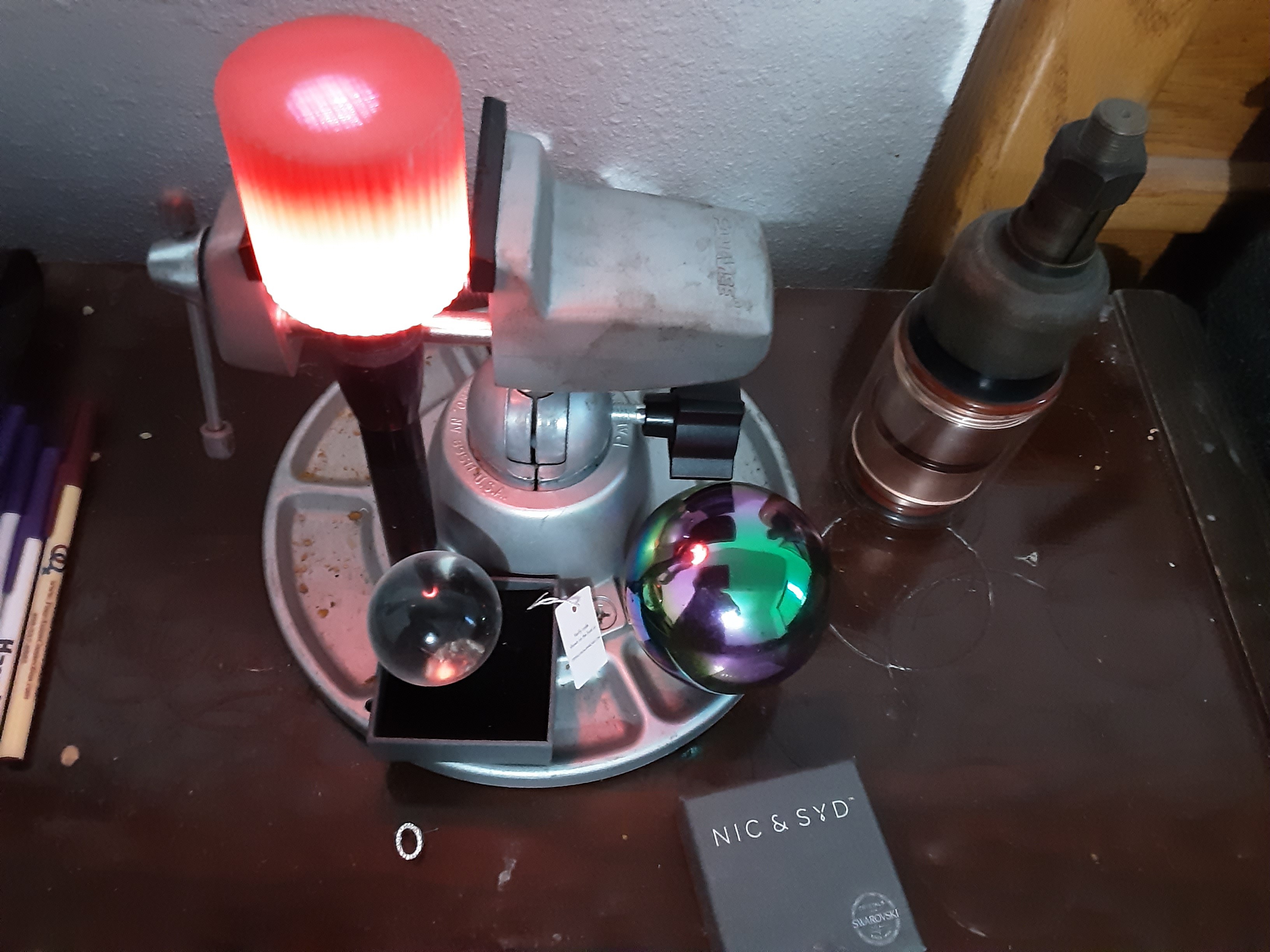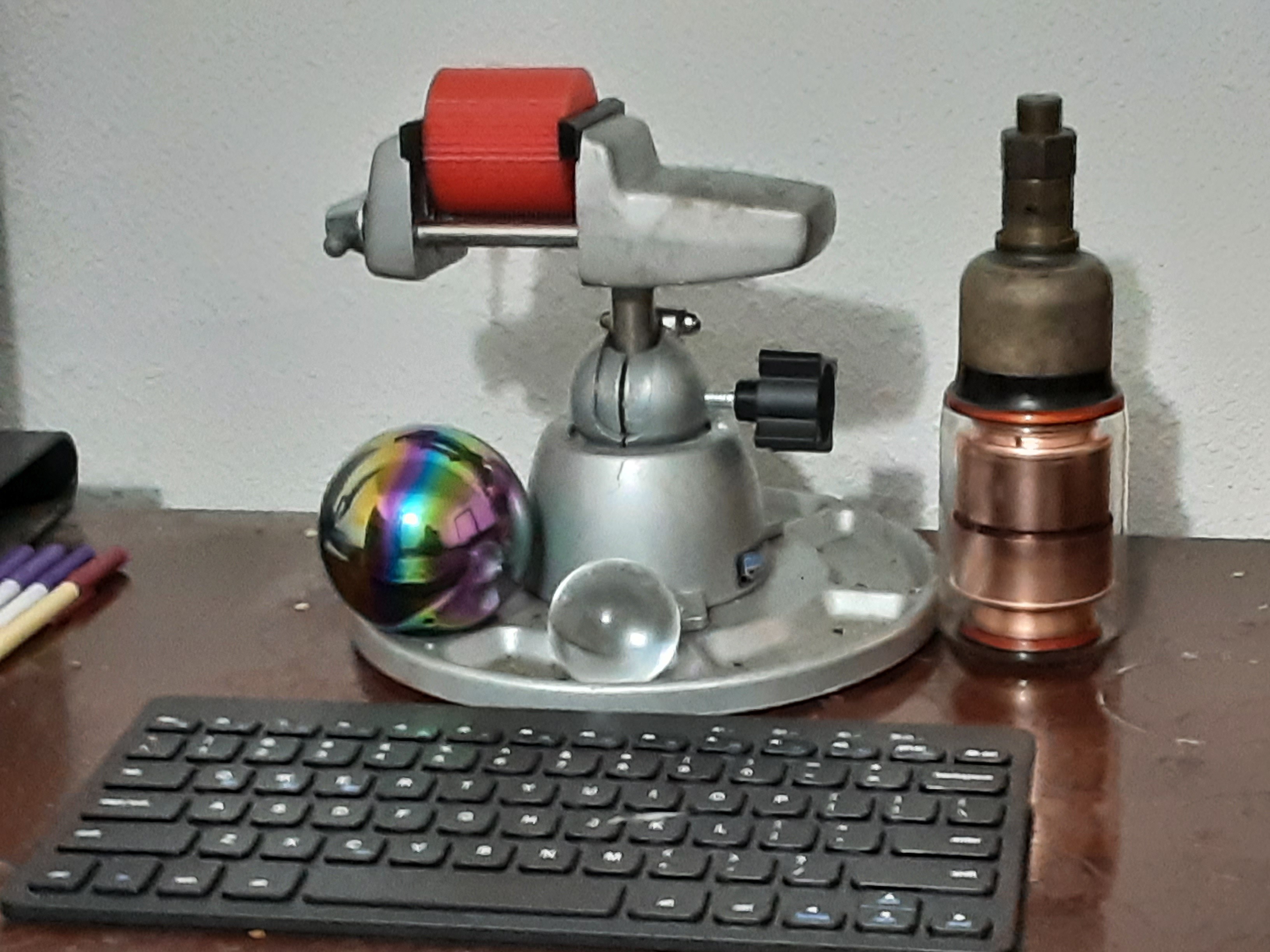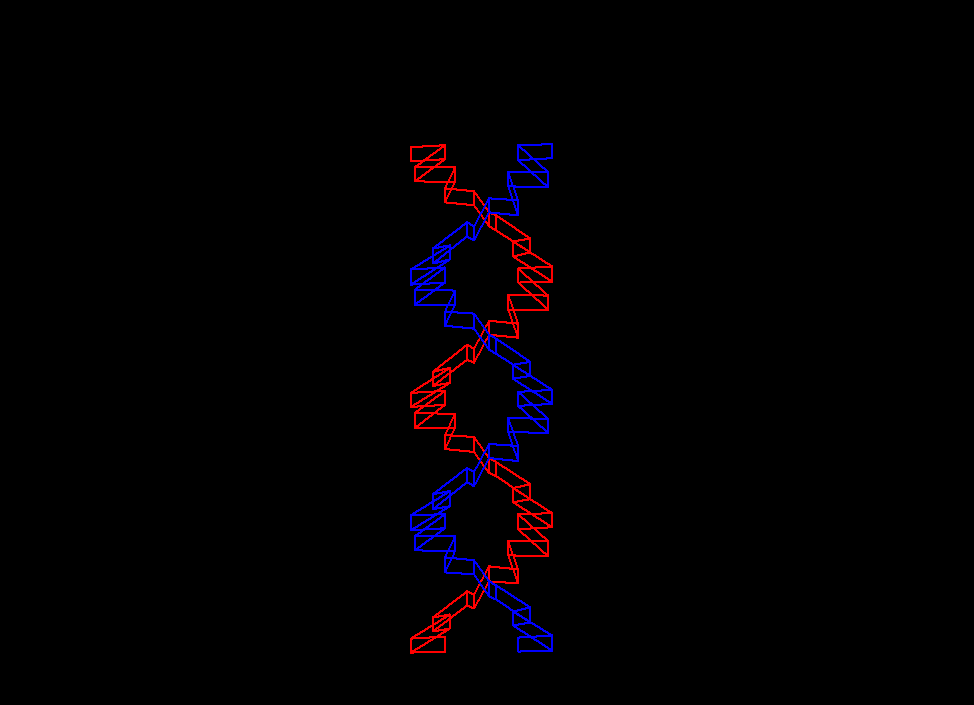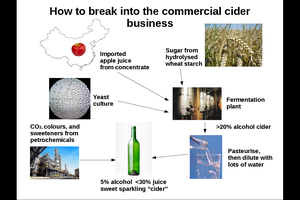Background - or "why you need a money bomb", part one:
If we remove fraud and exploitation from a business model and focus primarily on strategies that have strong ethics as a part of their core values, and if we also assume a large scale competitive free market situation, then it should follow that, in further consequence of laws of supply and demand, etc., that it must also follow that as economic efficiencies increase; it ought to become more difficult to achieve large gains through arbitrage. This would seem to imply that because of efficient markets, societies will, in general, need to move toward a more transparent value-added perception with respect to the prerequisites for sustainable economic growth.
Yet, the notion of “achieving a critical mass” is usually understood in the context of bringing together an assemblage of enough fissile nuclear material, which having a sufficient quantity, density, and purity, as should enable the initiation and continuation of a self-sustaining nuclear reaction, and for such matters as producing useful energy, like in a nuclear power plant; or else – for the purpose of causing an explosion, e.g., as in an atomic bomb. Hence, with respect to economics, one might by a similar line of analysis be inclined to introspect the various branches of relevant mathematics.
There are other areas of important inquiry; wherein the notion of “achieving a critical mass” might bear fruit. Some of these will therefore be discussed in greater depth, according to this author’s means of providing such subject matter for further discourse. There might be effects of turbulence or the so-called Nash equilibrium, yet let’s get back to ‘nuking the economy, or else trying not to if you know what I mean.
A critical mass of uranium, or plutonium for that matter, is achieved when on the average each fission event produces more than one subsequent fission event. The main factors that limit that process are when neutrons escape from the fissile core, or when neutrons are absorbed by non-fissile materials within the core, which might include daughter products of the principal reaction.
By now, it should be clear what we are hinting at – when we mention “critical mass” and “greater than unity” in the context of building one’s personal wealth. Now you have heard it said that “money doesn’t grow on trees”, or “there is no free lunch”, and all the rest; but just imagine if you did have a money tree that bore golden fruit; season after season. What would you do? Sell the fruit, and live off of the proceeds of each harvest? Or plant more trees, until you have an orchard?
The doubling time is often what comes to mind to most people, and in economics; there are a few good rules of thumb to remember – such as the fact that at 7.2% interest you can double your investments in just over ten years; or curiously enough, at 10% interest; you can double your money in just under 7.2 years. This is called the “rule of 72”, and it works fairly well; even all the way down to 1% interest, where after 72 years can expect to yield a total of 204.7% of your original investment. Thus, if you can get your hands on, let’s say $1000.00, and invest it at 1%; you would only need to wait about 720 years, or actually “only” 694.2 years to build that little nest egg of yours. And hopefully, there won’t be any inflation … ha ha ha ha ha ha hah!
Of course, if you could achieve 1% net growth per day; you could turn that same little nest egg into your own money orchard in less than two years! That’s right, and since there are 365*2=730 days in those two years; it looks like you just might also get an extra 35 days, over and above the previously mentioned 694.2 days (or rather investment periods) that it was earlier determined that one would need. ...
Read more » glgorman
glgorman





 Jenny List
Jenny List
 Owen Trueblood
Owen Trueblood